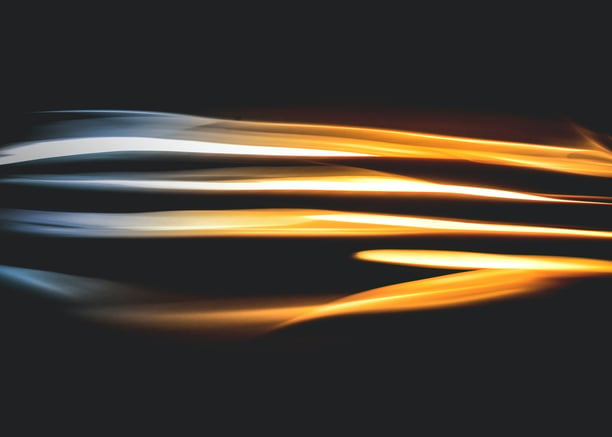Concept design simply refers to a phase of the design process. It’s the point within the development cycle that typically sits between the product requirements and detailed design.

Here’s where it usually sits within manufacturing:
Idea > requirements > concept design > detailed design > prototyping > manufacturing
Concept design plays a vital role; it can’t start without the initial product requirements having been scoped out, yet the detailed design process is highly ineffectual without it.
The difference between concept and detailed
The design process for most products splits into two disciplines:
Concept design
This phase is ‘big picture’ thinking without getting bogged down in technical detail.
This stage of the process confirms the product requirements. The designers know what problems need to be solved, and they’re subsequently able to brainstorm how the product will address them.
This stage is an intensely creative stage of product development. Think white boards full of Post-It notes, mind mapping and long brainstorming sessions. It calls on designers to consider all possibilities and be unafraid to think big.
During the concept design process, the more ideas and the less constrained one is by perceived technical limitations, the better - it is innovation without limits.
Detailed design
This phase tightens the reigns on the design scope. It’s also the point which explores the cold, hard truths of what is and isn’t possible.
During the detailed design process, clearances, manufacturability, tolerances and customer perception are all taken into account. The big thinking of the concept phase is dealt a far more critical eye with only the most practical and market-appealing ideas making it to the prototype stage.
Detailed design can’t exist without concept design, but it’s where blue sky thinking gives way to mathematically correct modelling.
How to conduct efficient concept design
There are five guiding principles to concept design:
1. Go digital. As previously noted, CAD software enters the fray during the detailed design process, but there’s growing reliance on it during the concept phase, too. Use CAD as early as possible to sketch out your ideas.
2. Don’t recreate. Eliminate data recreation by using integrated tools and fostering a culture which retains the original design intent.
3. Realise there’s no defined start point. Concept design rarely starts at the same point; you might have an existing design that needs iterating or the requirement to create a conceptualised form (the detail will come later).
4. Test early. The beauty of 3D CAD is that you can perform basic analysis yourself and do so as soon as possible.
5. Collaborate. Insight comes from everywhere, and you’ll need input during the concept design process from fellow designers, colleagues outside of engineering and even potential customers.
Post originally published on 05/10/2017. Updated on 30/11/2022.
